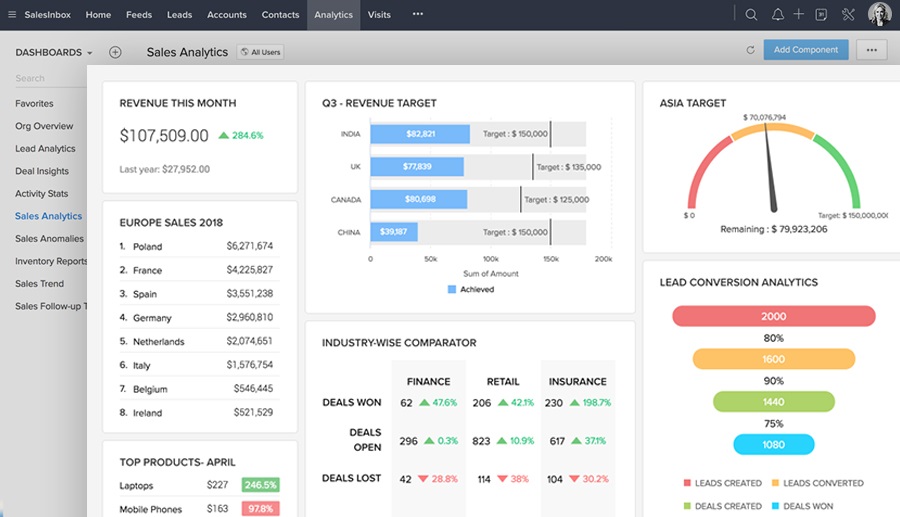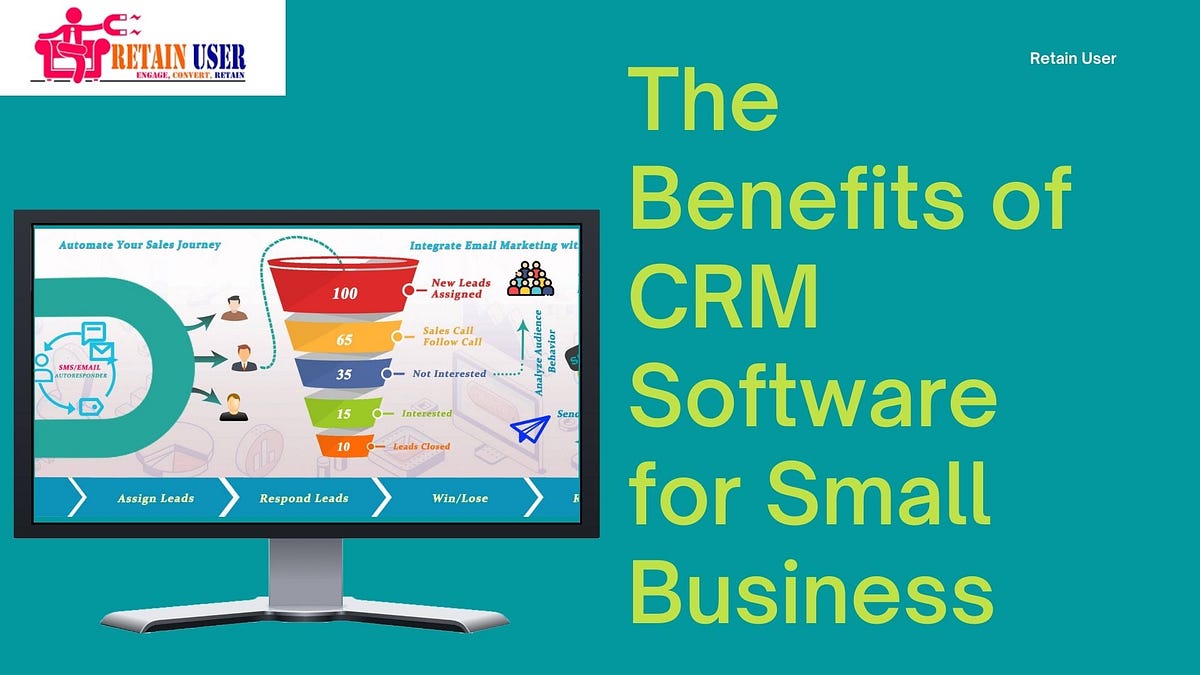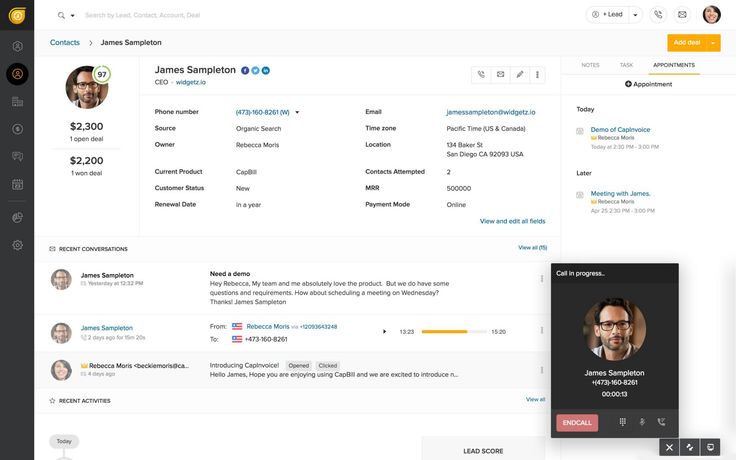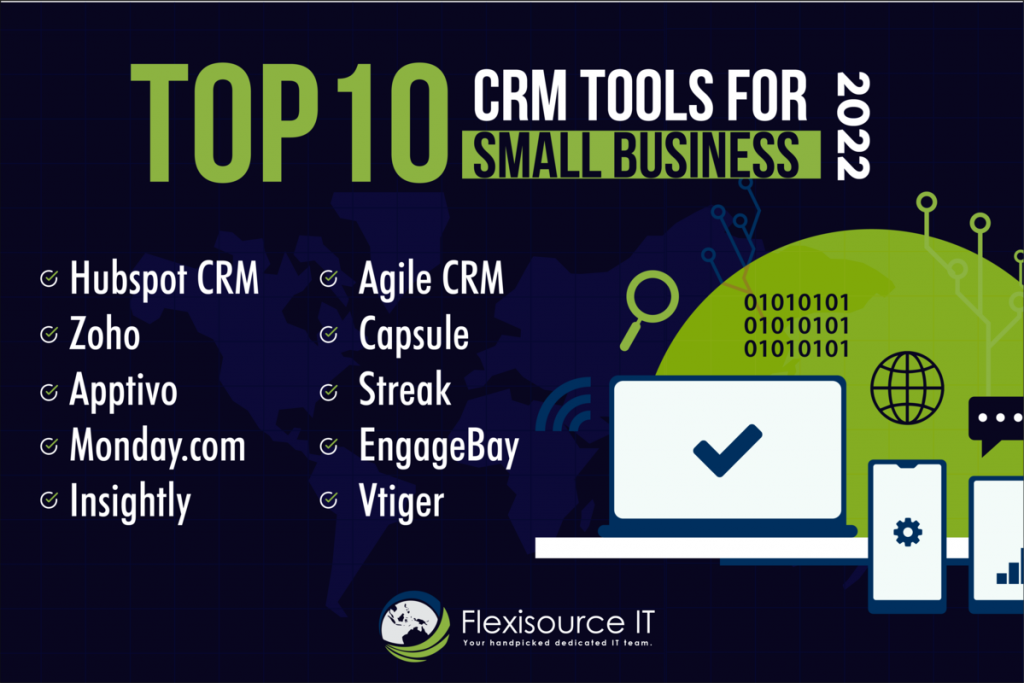
The Power of Data: Why Small Businesses Need CRM Analytics
In the cutthroat world of small business, every advantage counts. You’re juggling multiple hats, wearing down the pavement, and likely spending countless hours trying to connect with customers, close deals, and keep the lights on. But what if you could work smarter, not harder? What if you could understand your customers better, anticipate their needs, and tailor your approach for maximum impact? The answer lies in the potent combination of Customer Relationship Management (CRM) and analytics. CRM for small business analytics is no longer a luxury; it’s an essential tool for survival and growth.
This isn’t just about tracking contact information. CRM, when integrated with robust analytics, becomes a dynamic engine that drives informed decision-making. It provides a 360-degree view of your customers, allowing you to understand their behaviors, preferences, and pain points. This knowledge empowers you to:
- Improve Customer Satisfaction: By understanding what makes your customers tick, you can personalize interactions and provide exceptional service.
- Boost Sales: Identify high-potential leads, nurture them effectively, and close deals faster.
- Increase Efficiency: Automate tasks, streamline processes, and free up valuable time to focus on strategic initiatives.
- Optimize Marketing Campaigns: Target the right audience with the right message, resulting in higher conversion rates and a better return on investment (ROI).
- Make Data-Driven Decisions: Rely on facts and figures to guide your strategy, rather than relying on guesswork or intuition.
This article will delve into the world of CRM analytics, exploring its benefits, features, implementation strategies, and how it can revolutionize your small business. We’ll cover everything you need to know to harness the power of data and propel your business towards sustainable success.
What is CRM and How Does it Work?
Before diving into the analytical aspects, let’s establish a solid understanding of CRM itself. CRM, or Customer Relationship Management, is a system designed to manage and analyze customer interactions and data throughout the customer lifecycle. It’s more than just a database; it’s a comprehensive approach to building and nurturing relationships with your customers.
At its core, a CRM system allows you to:
- Store Customer Information: Centralize all customer data, including contact details, purchase history, communication logs, and preferences.
- Track Interactions: Record every interaction with a customer, from phone calls and emails to social media mentions and website visits.
- Automate Tasks: Automate repetitive tasks such as email marketing, lead nurturing, and follow-up reminders.
- Manage Sales Pipelines: Visualize the sales process, track leads, and forecast revenue.
- Generate Reports: Gain insights into key performance indicators (KPIs) such as sales performance, customer satisfaction, and marketing effectiveness.
The beauty of CRM lies in its ability to integrate various business functions. Sales, marketing, and customer service teams can all access and share the same customer data, ensuring everyone is on the same page and providing a consistent customer experience. This collaborative approach fosters better communication, improved efficiency, and ultimately, stronger customer relationships.
The Role of Analytics in CRM: Unveiling Hidden Insights
While CRM provides the foundation for managing customer relationships, analytics takes it to the next level. CRM analytics involves collecting, analyzing, and interpreting customer data to gain valuable insights that drive better decision-making. It’s about transforming raw data into actionable intelligence. Think of it as the detective work that uncovers the hidden patterns and trends within your customer base.
Here’s how CRM analytics helps you:
- Identify Customer Segments: Group customers based on demographics, behaviors, and purchase patterns to tailor your marketing and sales efforts.
- Predict Customer Behavior: Analyze historical data to forecast future trends and anticipate customer needs.
- Measure Marketing Campaign Effectiveness: Track the performance of your marketing campaigns and identify what’s working and what’s not.
- Optimize Sales Processes: Analyze sales data to identify bottlenecks, improve conversion rates, and shorten the sales cycle.
- Personalize Customer Interactions: Use data to personalize communications, offers, and product recommendations.
- Improve Customer Retention: Identify at-risk customers and proactively address their concerns to prevent churn.
By leveraging CRM analytics, you can move beyond gut feelings and make data-driven decisions that lead to tangible results. You can understand which marketing channels are most effective, which products are most popular, and which customers are most likely to churn. This knowledge empowers you to refine your strategy, optimize your resources, and maximize your ROI.
Key Features of CRM for Small Business Analytics
The specific features of CRM analytics vary depending on the software you choose, but some key functionalities are essential for any small business looking to leverage the power of data:
- Reporting and Dashboards: Customizable dashboards that provide a real-time overview of key performance indicators (KPIs), such as sales revenue, customer acquisition cost, and customer satisfaction scores.
- Segmentation: The ability to segment customers based on various criteria, such as demographics, purchase history, and engagement levels. This allows you to tailor your marketing and sales efforts to specific customer groups.
- Sales Forecasting: Tools to predict future sales based on historical data, sales pipeline activity, and market trends.
- Lead Scoring: A system for ranking leads based on their likelihood of converting into customers. This helps you prioritize your sales efforts and focus on the most promising prospects.
- Churn Analysis: Identifying the factors that contribute to customer churn and developing strategies to retain valuable customers.
- Behavioral Analysis: Tracking customer behavior on your website, in your app, and in your marketing communications to understand their preferences and interests.
- Integration with Other Tools: Seamless integration with other business tools, such as marketing automation platforms, email marketing services, and accounting software.
- Customization: The ability to customize the CRM system to meet your specific business needs and workflows.
When evaluating CRM software, carefully consider these features and choose a solution that aligns with your business goals and technical capabilities. Look for a platform that is user-friendly, scalable, and offers the analytical capabilities you need to drive informed decision-making.
Choosing the Right CRM for Your Small Business
Selecting the right CRM solution is a critical decision. The best choice depends on your specific business needs, budget, and technical expertise. Here are some factors to consider when making your selection:
- Ease of Use: The CRM should be intuitive and easy to navigate, even for users with limited technical skills. A user-friendly interface will ensure that your team can quickly adopt the system and make the most of its features.
- Scalability: Choose a CRM that can grow with your business. Ensure that the platform can accommodate an increasing number of users, data, and features as your company expands.
- Integration Capabilities: The CRM should integrate with your existing business tools, such as email marketing platforms, accounting software, and e-commerce platforms. This will streamline your workflows and eliminate the need for manual data entry.
- Pricing: Consider the pricing structure of the CRM. Some platforms offer subscription-based pricing, while others offer one-time purchase options. Evaluate the cost of the CRM in relation to its features and benefits.
- Customer Support: Look for a CRM provider that offers excellent customer support. This is especially important if you are new to CRM. Reliable support will help you troubleshoot any issues and maximize the value of your investment.
- Mobile Accessibility: Ensure that the CRM is accessible on mobile devices. This will allow your team to access customer data and manage their tasks on the go.
- Security: Prioritize security features to protect your customer data. Look for a CRM that offers data encryption, user authentication, and regular security audits.
- Reviews and Reputation: Research the CRM provider’s reputation and read reviews from other small businesses. This will give you insights into the platform’s strengths and weaknesses.
Some popular CRM solutions for small businesses include:
- HubSpot CRM: A free CRM with powerful features for sales, marketing, and customer service.
- Zoho CRM: A comprehensive CRM with a wide range of features and integrations.
- Salesforce Essentials: A scaled-down version of Salesforce designed for small businesses.
- Pipedrive: A sales-focused CRM that is known for its ease of use.
- Freshsales: A sales-focused CRM with built-in phone, email, and chat capabilities.
Take your time to evaluate different options and choose the CRM that best fits your specific needs and budget. Consider a free trial or demo to experience the platform firsthand before making a commitment.
Implementing CRM Analytics: A Step-by-Step Guide
Implementing CRM analytics may seem daunting, but with a well-defined plan, you can successfully integrate it into your business. Here’s a step-by-step guide to get you started:
- Define Your Goals: Before you begin, clearly define your objectives. What do you want to achieve with CRM analytics? Are you looking to increase sales, improve customer retention, or optimize marketing campaigns? Having clear goals will help you focus your efforts and measure your success.
- Choose the Right CRM: Select a CRM platform that aligns with your business needs and goals. Consider the features, scalability, and pricing options.
- Import Your Data: Import your existing customer data into the CRM system. This may involve importing data from spreadsheets, databases, or other systems. Ensure that your data is clean, accurate, and up-to-date.
- Customize Your CRM: Customize the CRM to match your specific business workflows. Configure the system to track the data that is most relevant to your goals.
- Integrate with Other Tools: Integrate your CRM with other business tools, such as marketing automation platforms and email marketing services. This will streamline your workflows and provide a more holistic view of your customers.
- Train Your Team: Provide training to your team on how to use the CRM and leverage its analytical features. Ensure that everyone understands how to enter data, generate reports, and interpret the results.
- Analyze Your Data: Regularly analyze your customer data to identify trends, patterns, and insights. Use the CRM’s reporting and dashboard features to visualize your data and track your progress.
- Take Action: Use the insights you gain from your data to make informed decisions and take action. Refine your marketing campaigns, optimize your sales processes, and personalize your customer interactions.
- Monitor and Refine: Continuously monitor your results and refine your strategy as needed. CRM analytics is an ongoing process. Regularly review your data, adjust your approach, and seek ways to improve your performance.
By following these steps, you can successfully implement CRM analytics and unlock the power of data to drive your small business forward.
Driving Growth: Real-World Examples of CRM Analytics in Action
The benefits of CRM analytics aren’t just theoretical; they translate into tangible results for businesses across various industries. Let’s look at some real-world examples:
- E-commerce: An online retailer uses CRM analytics to analyze customer purchase history and browsing behavior. They identify that customers who purchase a specific product are likely to buy related accessories. They then create targeted email campaigns offering these accessories to those customers, resulting in a 15% increase in sales.
- Healthcare: A medical practice uses CRM analytics to track patient appointment history and identify patients who are overdue for checkups. They send automated reminders to these patients, leading to a 20% increase in patient compliance and improved patient outcomes.
- Financial Services: A financial advisor uses CRM analytics to analyze customer demographics and financial goals. They segment their clients based on their needs and create personalized financial plans. This leads to a 10% increase in client retention and a 5% increase in assets under management.
- Software as a Service (SaaS): A SaaS company uses CRM analytics to track user engagement and identify customers who are at risk of churning. They proactively reach out to these customers, offer support, and provide personalized training, resulting in a 12% reduction in churn rate.
- Manufacturing: A manufacturing company uses CRM analytics to analyze customer feedback and identify product defects. They use this information to improve their product design and manufacturing processes, resulting in a 8% reduction in product returns and improved customer satisfaction.
These examples demonstrate the versatility of CRM analytics and its ability to drive growth across various industries. By leveraging data, businesses can make informed decisions, improve customer relationships, and achieve their business objectives.
Overcoming the Challenges of CRM Analytics
While the benefits of CRM analytics are undeniable, implementing it can present some challenges. Here are some common hurdles and how to overcome them:
- Data Quality: Inaccurate or incomplete data can undermine the effectiveness of your CRM analytics. Ensure that your data is clean, accurate, and up-to-date by implementing data validation processes and regularly reviewing your data.
- Data Silos: Data scattered across multiple systems can make it difficult to get a complete view of your customers. Integrate your CRM with other business tools to create a centralized data repository.
- Lack of Expertise: Analyzing data and interpreting the results can require specialized skills. Invest in training for your team or consider hiring a data analyst to help you make the most of your CRM analytics.
- Resistance to Change: Some team members may be resistant to adopting a new CRM system or changing their existing workflows. Communicate the benefits of CRM analytics and provide adequate training to ensure user adoption.
- Complexity: CRM systems can be complex, especially those with advanced features. Start with a simple implementation and gradually add more features as your team becomes more comfortable with the system.
- Privacy Concerns: Be mindful of data privacy regulations and ensure that you are collecting and using customer data responsibly. Implement data security measures and obtain consent from your customers before collecting their data.
By proactively addressing these challenges, you can increase your chances of successfully implementing CRM analytics and realizing its full potential.
The Future of CRM Analytics: Trends to Watch
The field of CRM analytics is constantly evolving, with new technologies and trends emerging. Here are some trends to watch:
- Artificial Intelligence (AI) and Machine Learning (ML): AI and ML are transforming CRM analytics by automating data analysis, predicting customer behavior, and personalizing customer interactions.
- Predictive Analytics: Using historical data to predict future trends and customer behavior. This allows businesses to proactively address customer needs and anticipate market changes.
- Personalized Customer Experiences: Leveraging data to create highly personalized customer experiences, such as customized product recommendations and tailored marketing messages.
- Voice-Activated CRM: Using voice assistants to access and manage CRM data. This allows users to interact with the CRM system hands-free.
- Mobile CRM: The increasing importance of mobile CRM, allowing users to access and manage CRM data on their mobile devices.
- Data Visualization: Using advanced data visualization techniques to make it easier to understand complex data and identify key insights.
- Integration with Social Media: Integrating CRM with social media platforms to track customer interactions, monitor brand mentions, and engage with customers in real-time.
Staying abreast of these trends will allow you to stay ahead of the curve and leverage the latest technologies to enhance your CRM analytics capabilities.
Conclusion: Embracing the Power of Data for Small Business Success
CRM for small business analytics is no longer an option; it’s a necessity. By harnessing the power of data, you can gain a deeper understanding of your customers, optimize your marketing and sales efforts, and drive sustainable growth. Implementing CRM analytics may require some effort, but the rewards are well worth it. You’ll gain a competitive edge, improve customer relationships, and ultimately, achieve your business goals.
Take the first step. Evaluate your current CRM strategy, identify areas for improvement, and choose the right CRM solution for your business. Embrace the power of data, and watch your small business thrive. The future belongs to those who understand their customers. And with CRM analytics, you can unlock the secrets to building lasting customer relationships and achieving remarkable success.


